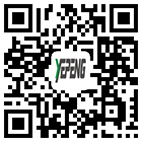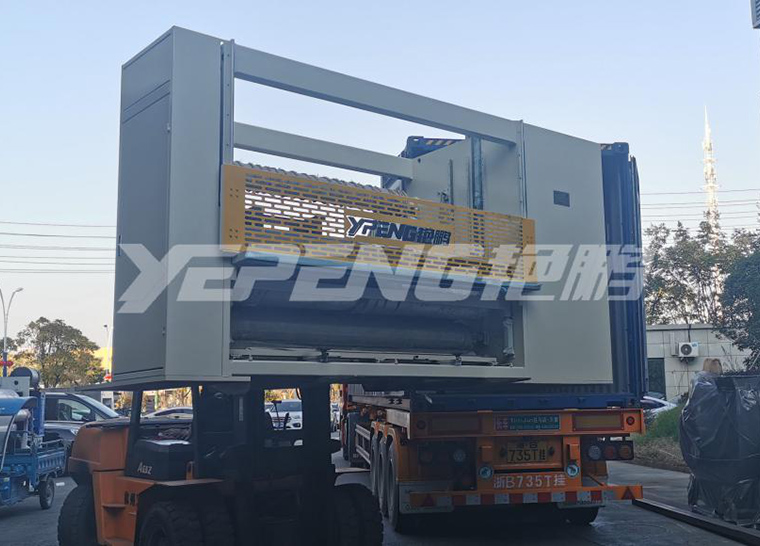
Zhejiang Yanpeng Nonwoven Machinery Co.,Ltd.---A professional non woven production line Manufacturer
11. 2020
Company News
Quick service response time
Provide 7x24 hours of uninterrupted
service for you
Professional one to one customer service
Escort your production
Address: Wanchuan Road, Binhai New District, Pingyang County ,Zhejiang, China
Tel: 0086-577-58198758
Fax: 0086-577-58198759
Fill in your project information
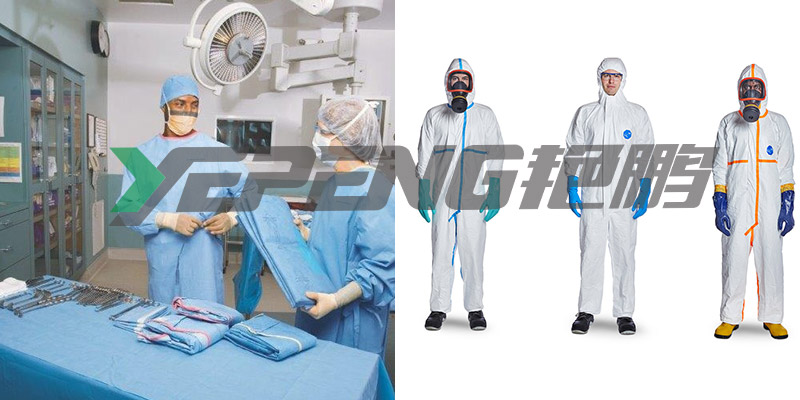

11. 2020
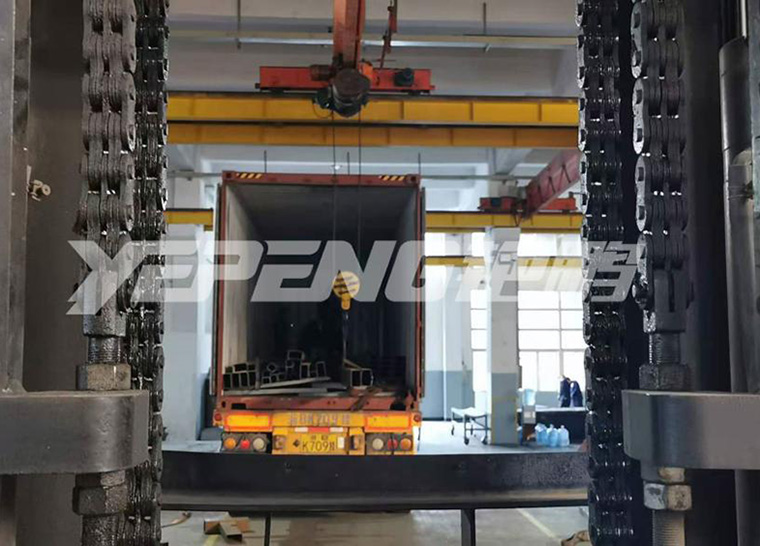
11. 2020
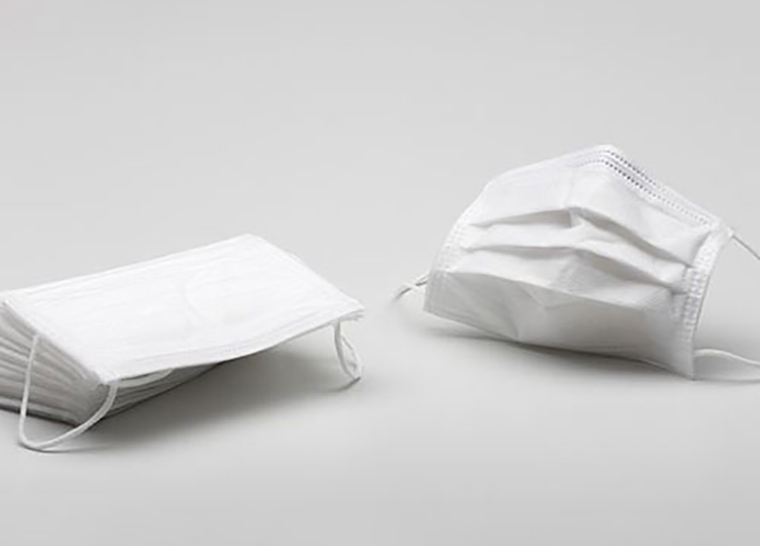
11. 2020
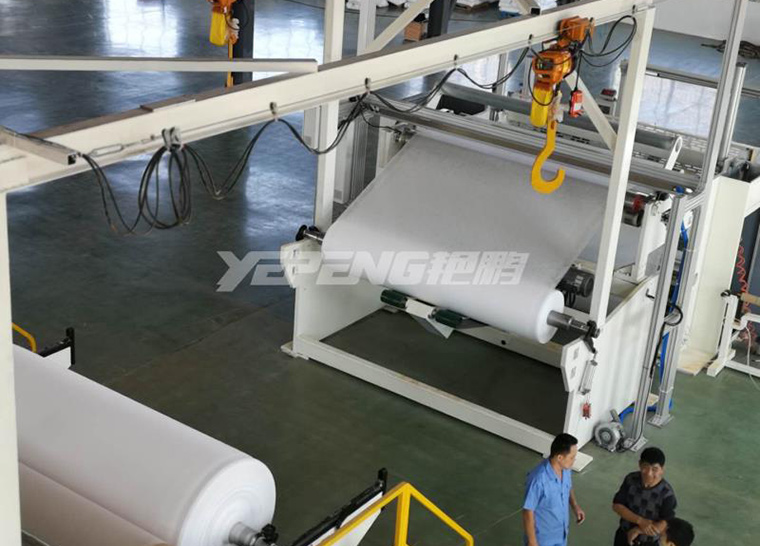
10. 2020

